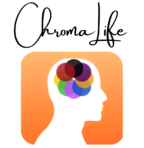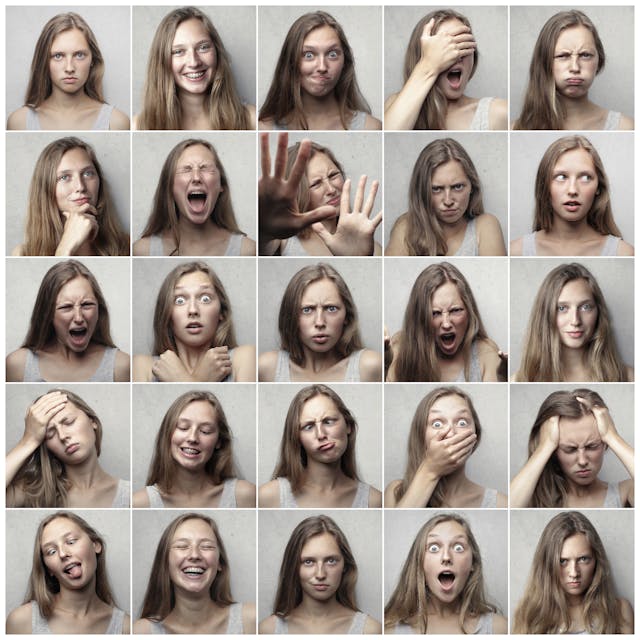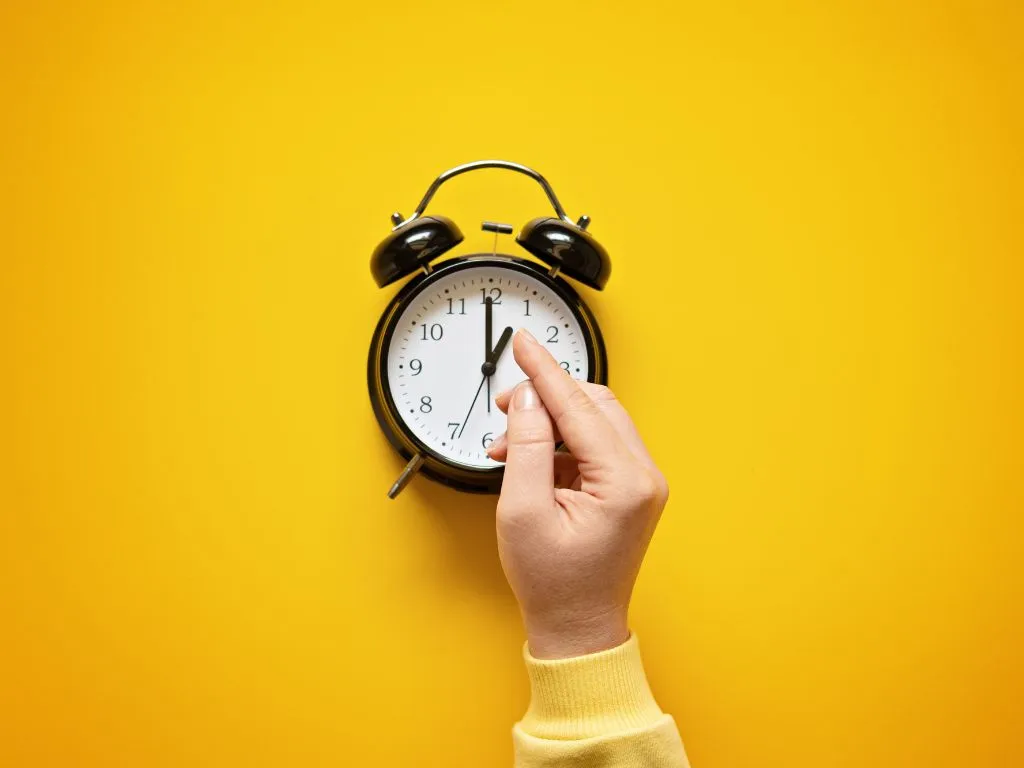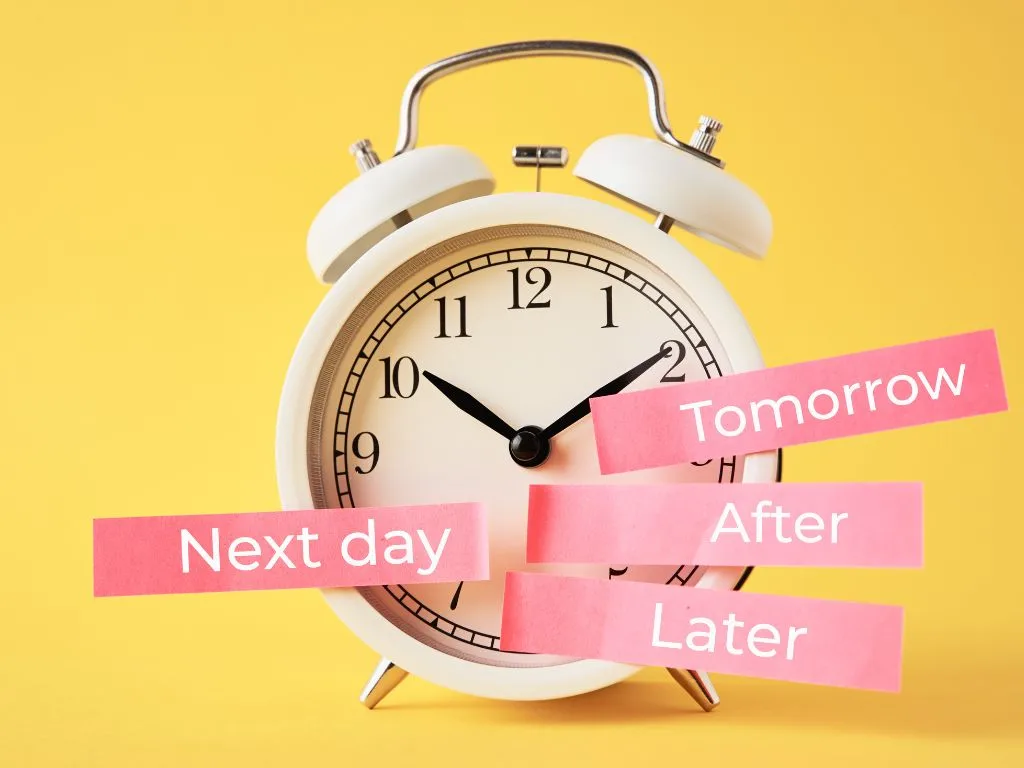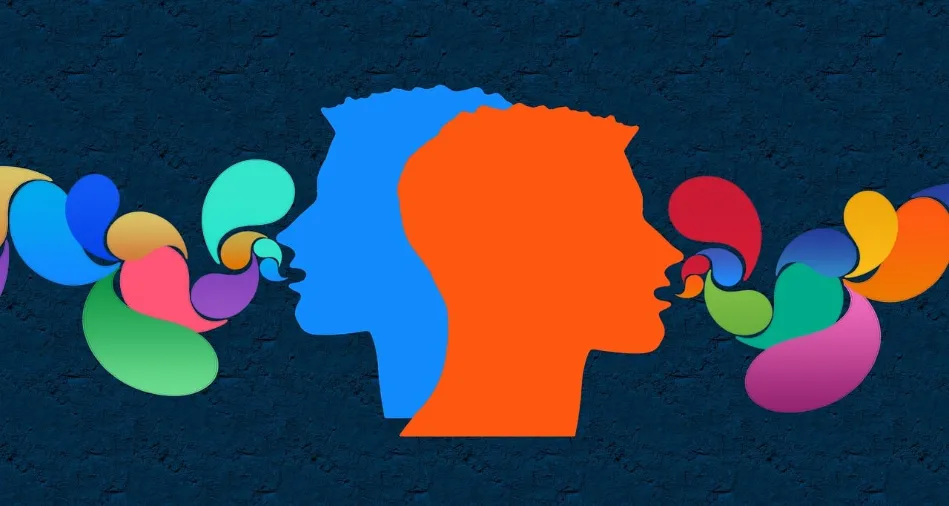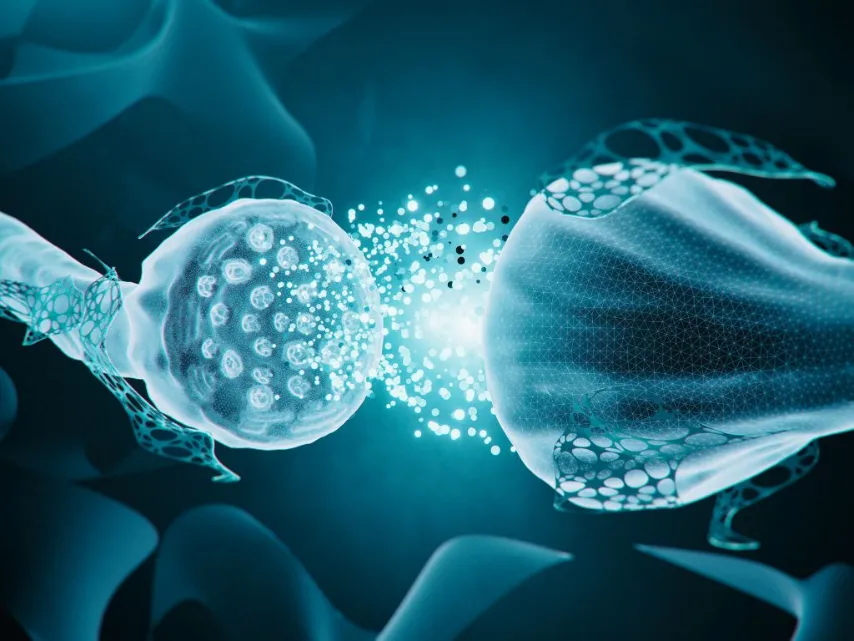[read-time]

Seasonal Affective Disorder (SAD) is a type of depression that occurs at specific times of the year, commonly during the fall and winter months when sunlight exposure is significantly reduced. Individuals suffering from SAD often experience symptoms such as persistent sadness, loss of interest in daily activities, fatigue, difficulty concentrating, and changes in sleep and appetite. These symptoms can profoundly affect daily functioning and overall quality of life.
The exact cause of Seasonal Affective Disorder is not entirely understood; however, it is widely believed that decreased sunlight exposure leads to biochemical changes in the brain. The altered light patterns can disrupt the body’s internal clock or circadian rhythm, which affects mood-regulating hormones such as serotonin. Additionally, melatonin, a hormone that influences sleep patterns, is also impacted by changes in light exposure. This interplay may contribute to the onset of SAD symptoms in susceptible individuals.
Research indicates that the prevalence of Seasonal Affective Disorder varies, depending on geographical location. For instance, individuals living in northern latitudes, where winter days are notably short, are more likely to experience SAD. Estimates suggest that about 1% to 10% of the population may be affected, with women being diagnosed more frequently than men. It is also important to note that while SAD is most common during winter, some individuals experience it during the warmer months, highlighting its multifaceted nature.
Understanding Seasonal Affective Disorder is crucial, as it not only affects the mood of those afflicted but can also disrupt their daily life and capacity for engagement in social, academic, or occupational pursuits. The significant interplay between seasonal changes and mental health underscores the importance of further exploring potential therapeutic interventions, such as light therapy, to mitigate the impact of this debilitating condition.
What is Light Therapy?
Light therapy, often referred to as phototherapy, is a treatment method that utilizes artificial light to alleviate symptoms associated with seasonal affective disorder (SAD) and other conditions. The fundamental principle behind light therapy is the effect of light exposure on the body’s circadian rhythms, specifically on the production of melatonin and serotonin, neurotransmitters that regulate mood and energy levels. By mimicking natural sunlight, light therapy aims to correct the biochemical imbalances triggered by reduced sunlight exposure during the fall and winter months.
There are various types of light therapy, with bright light therapy being the most prevalent. This involves the use of specially designed light boxes that emit bright light (typically at least 10,000 lux) while filtering out harmful UV rays. Sessions are usually recommended to last between 20 to 30 minutes each day, ideally in the morning, to maximize efficacy. Another method, dawn simulation, gradually increases light exposure in the morning, mimicking a natural sunrise, which can help regulate sleep-wake cycles and may be preferred by some individuals.
Scientific studies underscore the effectiveness of light therapy for individuals diagnosed with SAD. Research indicates that exposure to bright light can significantly reduce symptoms of depression and enhance overall mood. The historical roots of light therapy trace back to the early 20th century when it was first employed in the treatment of various mood disorders. Over the years, clinical trials have refined the understanding of light therapy’s mechanisms, leading to an emergence of guidelines that advocate for its use as a first-line treatment approach. This developed understanding highlights the broader applications of light therapy beyond SAD, making it a valuable intervention for various mood disorders and sleep-related issues.
Efficacy of Light Therapy for SAD: Research Insights
Light therapy has emerged as a prominent treatment modality for Seasonal Affective Disorder (SAD), with several research studies and clinical trials substantiating its effectiveness. A pivotal study conducted by the American Psychiatric Association found that approximately 60% of participants experienced a significant improvement in SAD symptoms after engaging in light therapy. Patients reported increased energy levels, improved mood, and a decrease in feelings of depression. These positive outcomes highlight light therapy’s potential as a viable treatment option for individuals suffering from SAD.
Comparative studies have also illustrated light therapy’s effectiveness relative to traditional treatments, including medication and psychotherapy. In one trial, patients receiving light therapy reported comparable improvements in their symptoms to those undergoing conventional antidepressant treatments. This finding suggests that light therapy can serve as a critical alternative or complementary approach for those hesitant about pharmacological interventions. Moreover, testimonials from participants in various studies indicate notable satisfaction with light therapy, further reinforcing its application in managing seasonal depressive episodes.
However, it is essential to consider the side effects and contraindications associated with light therapy. Common side effects reported by some individuals include eye strain, headache, and irritability, though these symptoms are generally mild and self-limiting. Moreover, individuals with certain eye conditions or those taking photosensitizing medications may require careful evaluation by healthcare providers before initiating treatment. Despite these potential limitations, the overall body of evidence supports the efficacy of light therapy as a promising treatment for SAD, making it a key focus for future research and clinical practice.
Beyond SAD: The Broader Applications of Light Therapy
While Seasonal Affective Disorder (SAD) is one of the most well-known conditions treated with light therapy, its applications extend far beyond this specific diagnosis. Researchers and healthcare providers have increasingly recognized the efficacy of light therapy in managing various non-seasonal depressive disorders. Individuals suffering from major depressive disorder and dysthymia have reported improvements through the use of light therapy, often in conjunction with traditional treatments. The therapeutic benefits attributed to light exposure may contribute to the modulation of mood-regulating neurotransmitters, suggesting a positive influence across a spectrum of mood disorders.
Additionally, light therapy has been explored as an effective intervention for sleep disorders, such as insomnia and circadian rhythm disturbances. By using specific wavelengths and intensities of light, this therapy aims to adjust the body’s internal clock, thereby improving sleep quality and duration. For individuals who struggle with sleep-related issues, establishing an optimal light exposure regimen can lead to a more regulated sleep-wake cycle, promoting better overall well-being.
Moving forward, ongoing research continues to unveil the broader implications of light therapy within mental health treatment and wellness practices. Innovative studies are examining its role in managing conditions like anxiety, post-traumatic stress disorder (PTSD), and even fibromyalgia, where mood and sleep disturbances often coexist. Furthermore, light therapy’s application in clinical settings may evolve to incorporate various technologies, such as wearable devices and at-home light boxes, enhancing accessibility for patients.
The Takeaway
As the understanding of light therapy grows, its versatility as a therapeutic tool is becoming increasingly evident. It holds the potential to contribute significantly to holistic treatment approaches, integrating seamlessly with conventional methods to provide comprehensive care for individuals facing a range of mental health challenges.
Are you ready to kick your personal and professional growth into overdrive? Why not take our personality color assessment today and discover how to enhance your strengths; build on your weaknesses and develop more enriched relationships. Share with your friends, family and co-workers!
